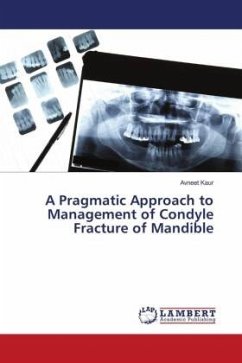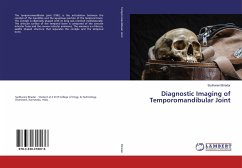The treatment modalities for condylar injury have generated more discussion and controversy than any other in the field of maxillofacial trauma. The condylar process of mandible is one of the most common sites of injury to the facial skeleton. They constitute about 18% to 57% of all mandibular fractures. Fractures of the condylar process can be a consequence of either an indirect or a direct injury to the site. The most common cause of a fracture of mandibular condyle is a road traffic accident. Other common causes are assault, fall from height, interpersonal violence and sports injury. The condylar process fracture not only leads to a break in continuity of the mandible but also to malocclusion, internal derangements of the TMJ, restricted mandibular movements, ankylosis and disturbed mandibular growth (when it occurs in children) thereby hampering function and cosmetics. This has therefore forced surgeons to attempt treating such cases by a variety of treatment protocols ranging from a conservative approach to that by means of open surgical treatment.








